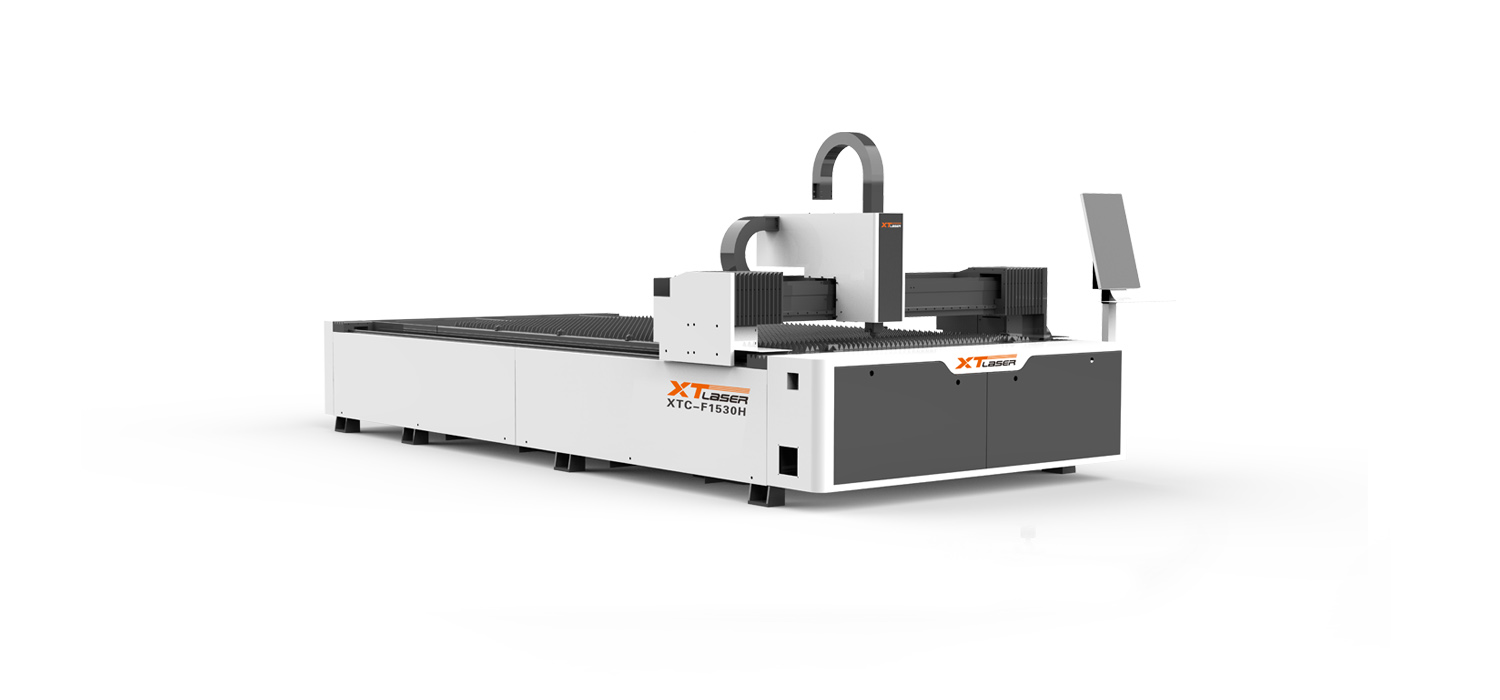Auxiliary gas of fiber laser cutting machine -Erin
Auxiliary gas of fiber laser cutting machine
In the cutting process of the fiber laser cutting machine, auxiliary gas is essential! The type and pressure of the auxiliary gas affect the quality of the cut.
Selection of auxiliary gas type:
In the cutting process of fiber laser cutting machines, commonly use oxygen and nitrogen areas auxiliary gases, and some users use air in order to save costs. The higher the purity of the gas, the better the cutting quality. During the cutting process of a fiber laser cutting machine, some users use air in order to save costs. And then find that there is always water mist on the protective lens during the cutting process, and the cutting quality is poor. Because the air contains water and oil. If it is not treated, it will cause lens contamination and the cutting head will be unstable. So that the cutting effect and quality are not up to standard. Therefore, when use air cutting, it is necessary to equip the fiber laser cutting machine with a cold-drying machine, which solves this problem very well. The chiller can forcibly cool the compressed air below the required dew point temperature. Thereby condensing a large amount of water vapor and oil mist contained therein into liquid droplets, which are discharged out of the machine through a drain through the gas-liquid separation to dry the compressed air.

The role of auxiliary gas:
1. In order to blow away the residual waste residue to achieve the best cutting effect.
2. Use gas to blow away the metal slag while protecting the lens to avoid the slag from sticking to the lens and affecting the cutting quality.
3. It can effectively achieve the effect of smooth and clean cutting surface, no burr and no dross, which belongs to fine cutting.
4. It can react with the material and increase the cutting speed. For example, using oxygen can achieve the effect of supporting combustion.
The effect of the pressure of the auxiliary gas on the cutting quality. The pressure of the gas is a very important factor under the premise of ensuring the auxiliary gas. When cutting thin materials at high speeds, higher gas pressure is require to prevent sticking slag on the back of the cut . (hot sticking slag to the workpiece will also damage the cutting edge). When the thickness of the material increases or the cutting speed is slow, the gas pressure should be appropriately reduced. In order to prevent frosting of the plastic cutting edge. It is better to cut with a lower gas pressure.

